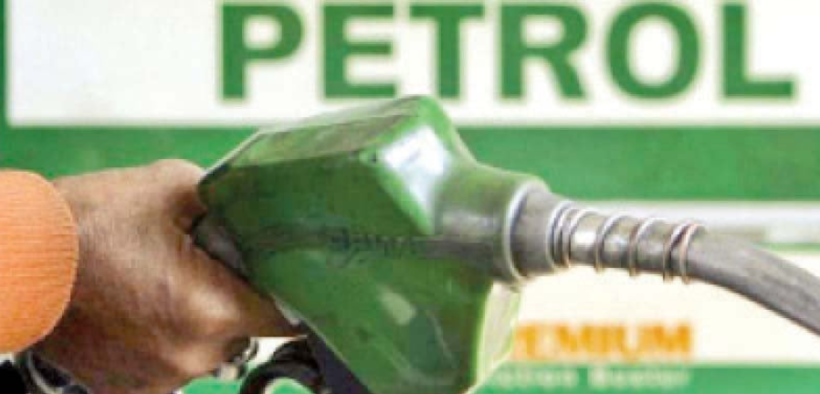Petrol Prices Rise, Diesel & Kerosene Drop March 2024 Petroleum Trends Explained

The movement in petroleum product prices has shown a mixed trend where the price of petrol has increased whereas rates of other products have gone down.
Estimates of oil marketing companies, based on current tax rates, reveal slight changes in prices of all four petroleum products due to a high premium on petrol and an insignificant increase in fuel prices globally.
Crude benchmark Brent has hovered around $81 per barrel in the international market since March 1, 2024.
In addition to taxes, inland freight equalisation margin (IFEM) is imposed on petrol at the rate of Rs7.01 per litre and on high-speed diesel at Rs3.76 per litre.
Estimates suggest that the price of petrol may go up by Rs1.07 per litre due to a higher premium of $12.15 per barrel compared to the premium of $10.48 per barrel in the current fortnight, up $1.67.
If the government approves the increase in petrol price, it will rise from Rs279.75 to Rs280.82 per litre.
Prices of other petroleum
However, prices of other petroleum products may come down. The price of high-speed diesel is estimated to edge down 82 paise from Rs287.33 to Rs286.51 per litre.
The premium on diesel is $6.50 per barrel, unchanged from the current fortnight.
The price of kerosene oil is expected to decrease 94 paise from Rs190.01 to Rs189.07 per litre while the rate of light diesel oil is estimated to fall Rs1.56 from Rs170.27 to Rs168.71 per litre.
In the previous rate revision, the government had increased the price of petrol by Rs4.13 per litre with effect from March 1. At that time, the inter-bank rupee-dollar parity was at Rs279, which stands still unchanged.
High-speed diesel is widely used in the transport and agriculture sectors. Any revision in its price leaves an inflationary impact on the lives of common citizens.
Petrol is mainly used in motorbikes and passenger cars and it is also an alternative to the compressed natural gas (CNG) which is consumed by many car owners.
Owing to the scarcity of locally produced gas, the transport sector in Punjab primarily uses petrol and imported liquefied natural gas (LNG).
Kerosene oil is used for cooking purposes in far-off areas of the country, especially its northern parts where liquefied petroleum gas (LPG) is not readily available. Pakistan Army is also a major consumer of kerosene oil.









